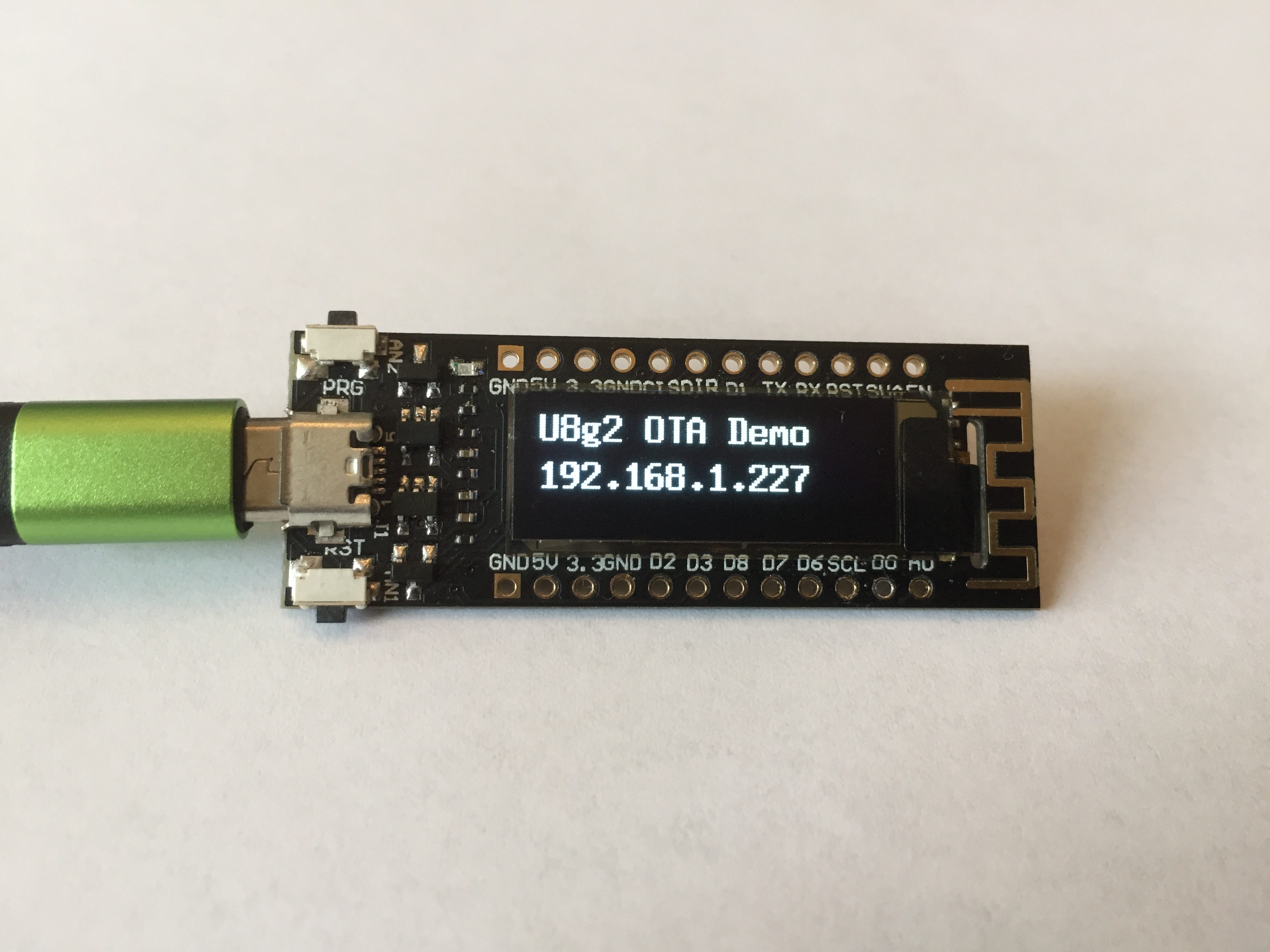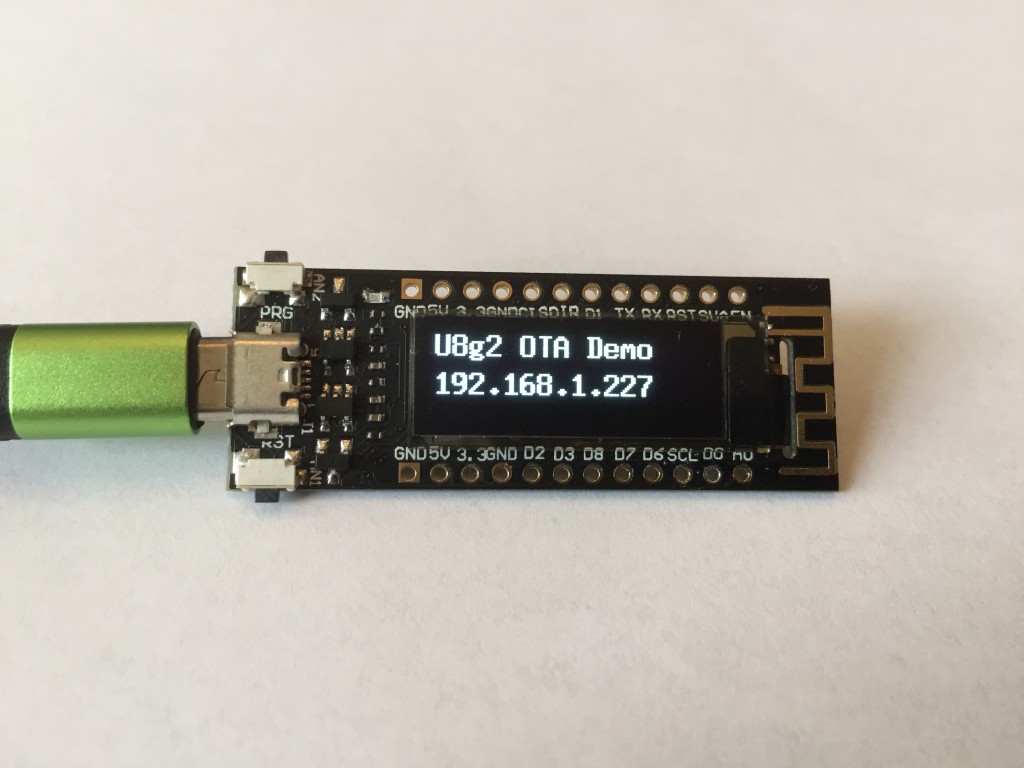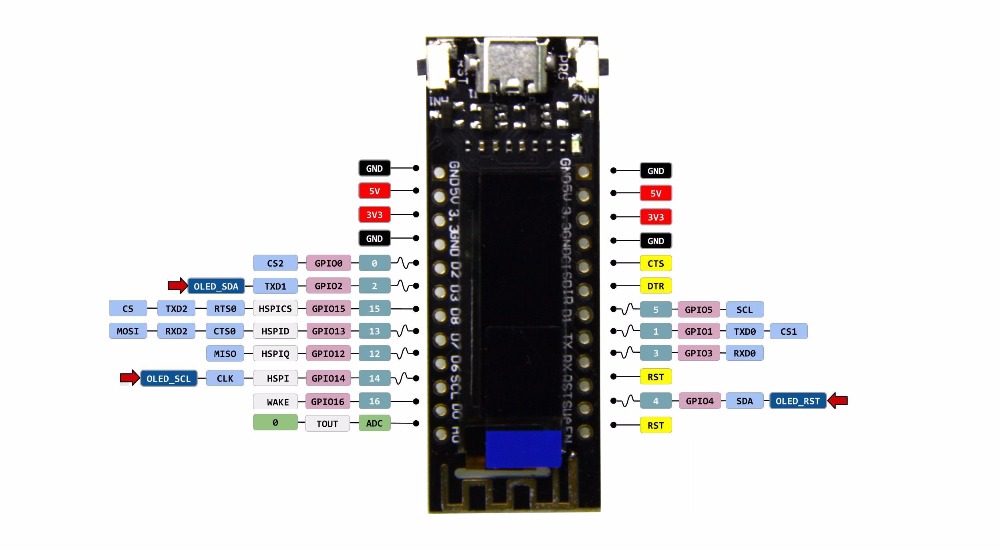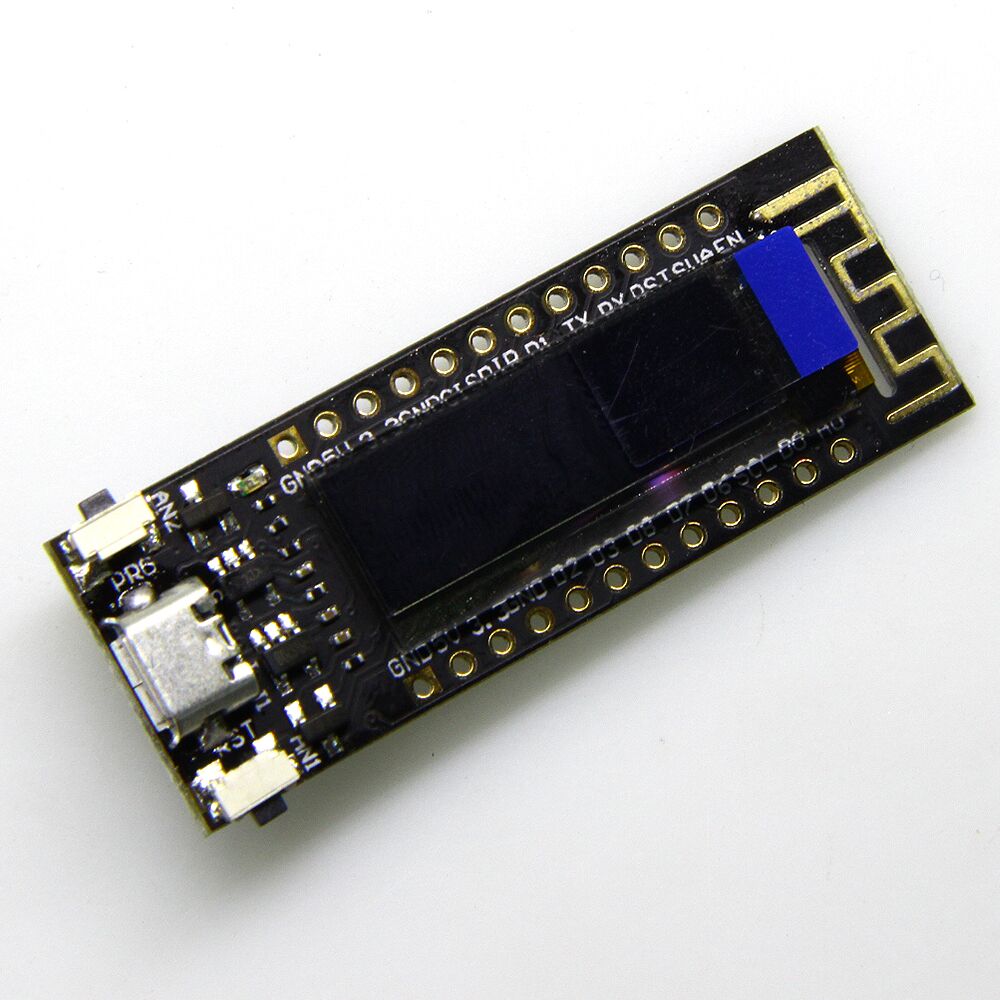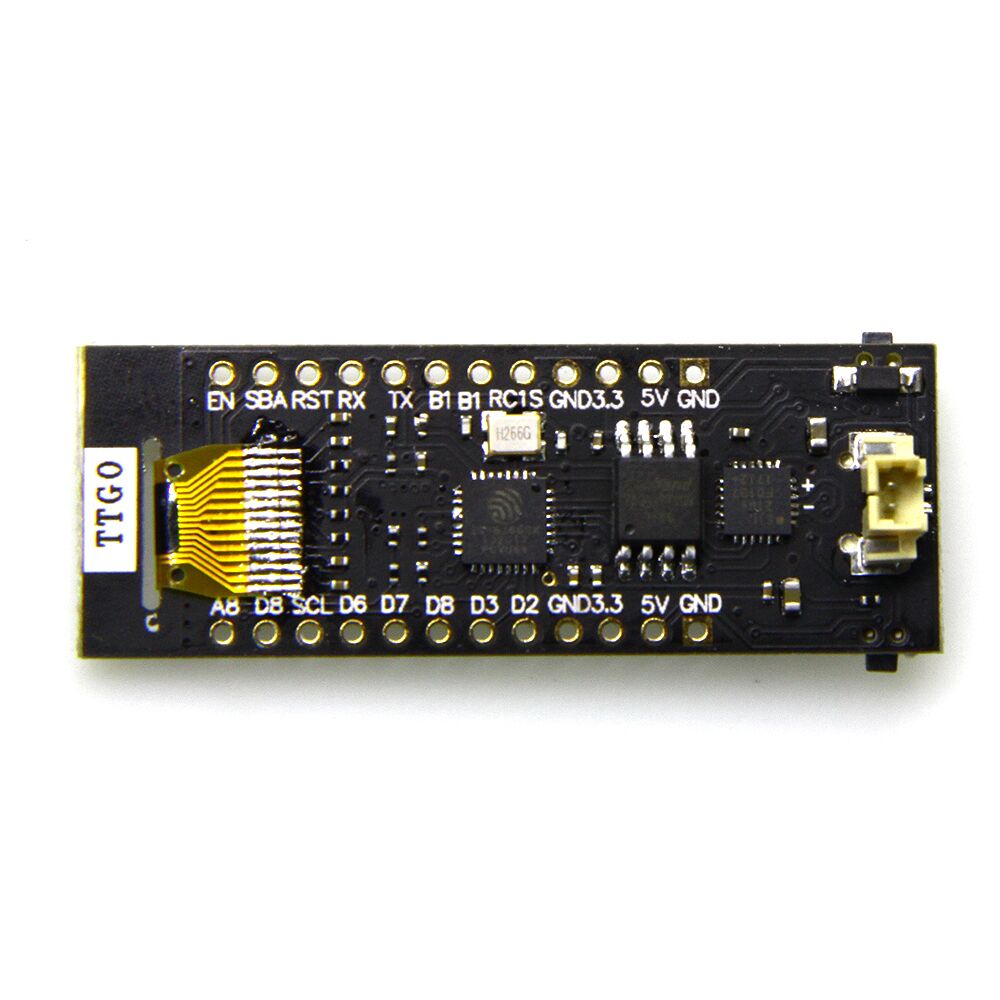The outset
A few months ago, I installed a LoRa Gateway and I was able to talk a friend into setting up a second gateway. Both are connected the TheThingsNetwork.org.
The idea is to build cheap, simple sensors for all sorts of stuff (temperature, rain, wind, usage of the football goals) and place them around our village (garden, school, commons, etc.).
The problem
But we do not know the range of our gateways just yet. Of course, we could get in our car with a simple module and drive until we lose connectivity. But where is the fun in that?
So the plan is to build a GPS enabled LoRa module, that logs the signal strength and allows us to draw a heat map of LoRa coverage in our area. It should also allow us to test different antennas and understand better how they influence the range.
The solution
An ESP32 with LoRa and display was sitting in my drawer and I ordered a GPS/GLONASS module from AliExpress. Everything us assembled on an impromptu test rack, ready to e powered by a USB power bank.
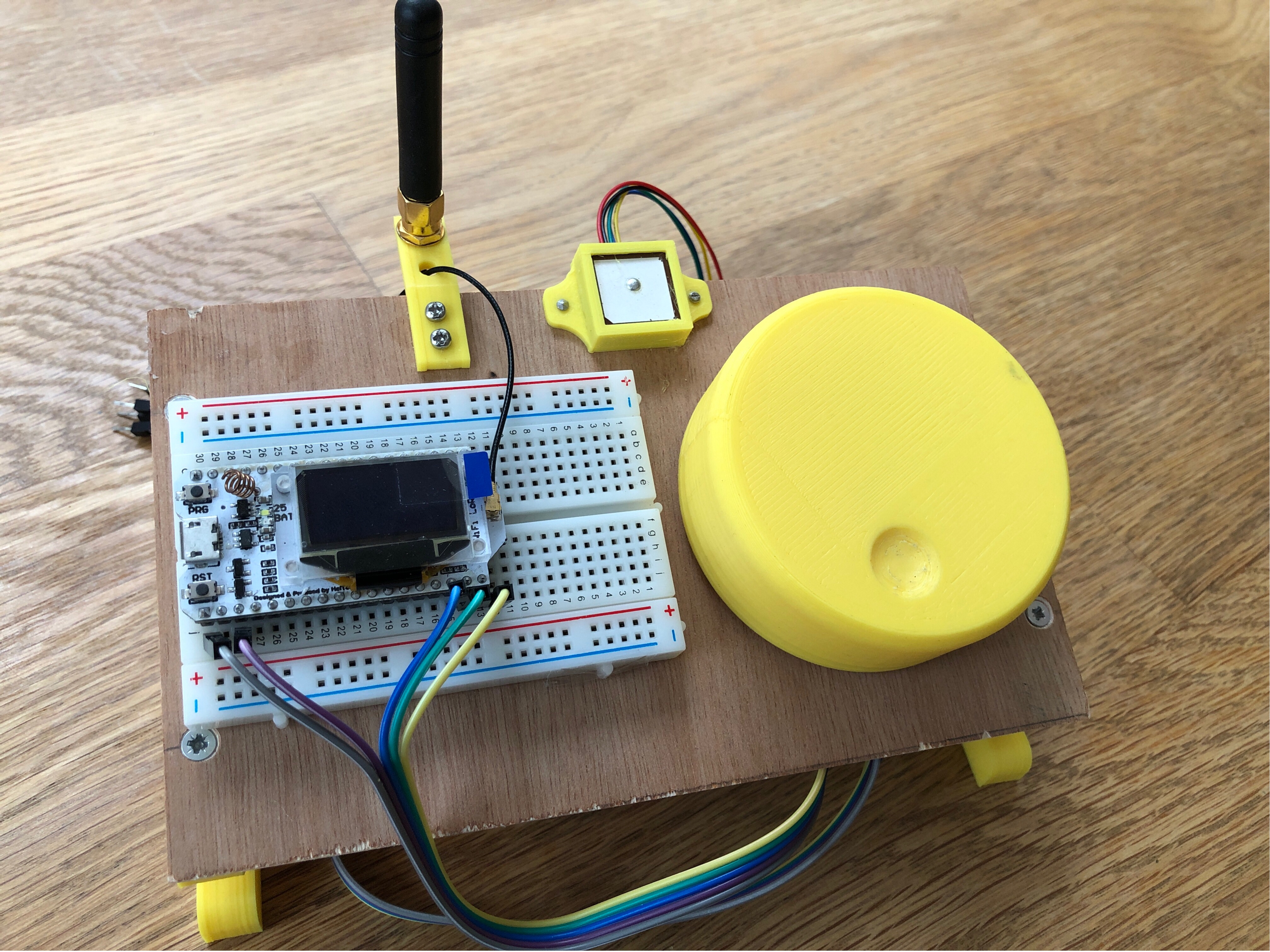
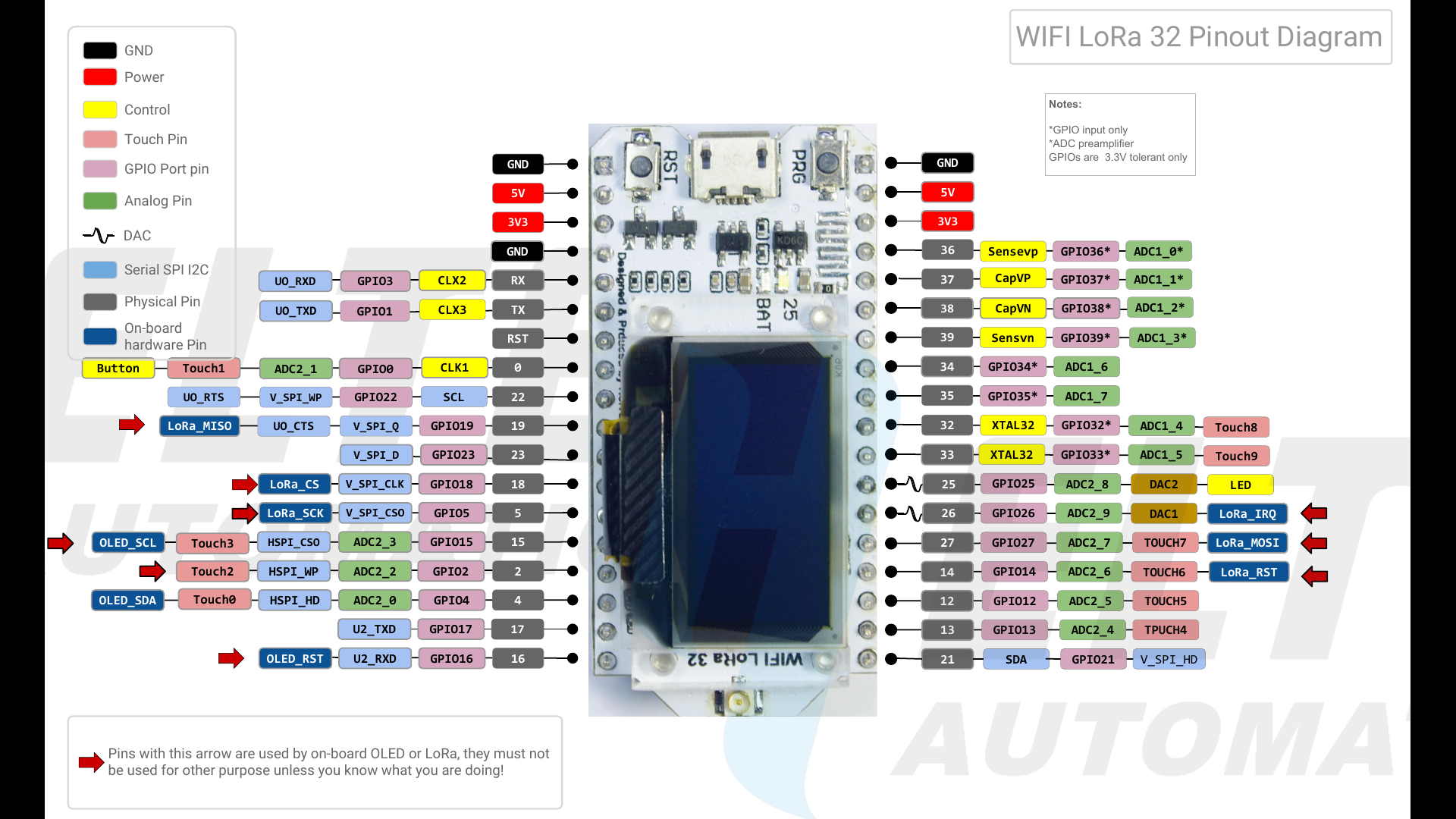
(The big yellow knob is a rotary encoder)
Next Steps:
-
- Get the GPS to work (fuGPS library)
- Get the display to work (U8g2lib library)
- Connect the rotary encoder
- Implement a menu system for parameter editing and control (ArduinoMenu library)
- Figure out how to derive meaningful signal strength data from the LoRa transceiver
- Connect an SD Card reader and log GPS and LoRa data
- Do some wardriving and create a heat map of the area
